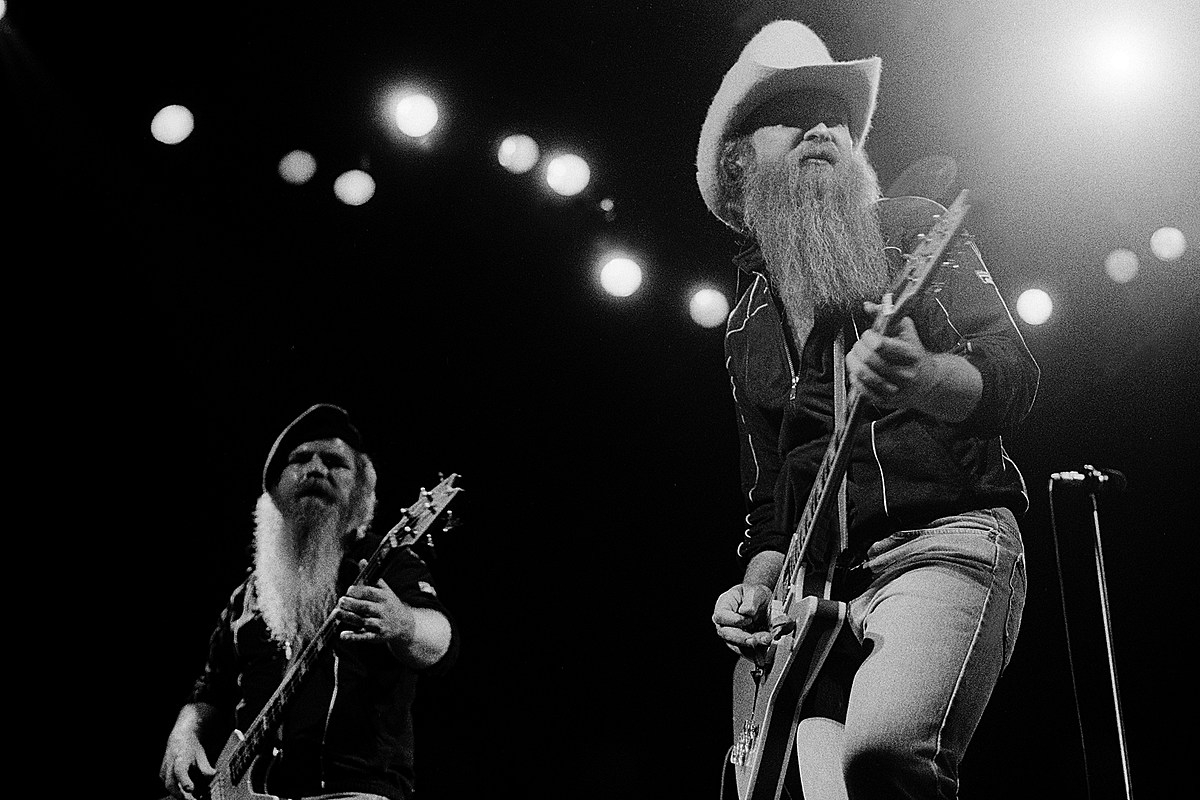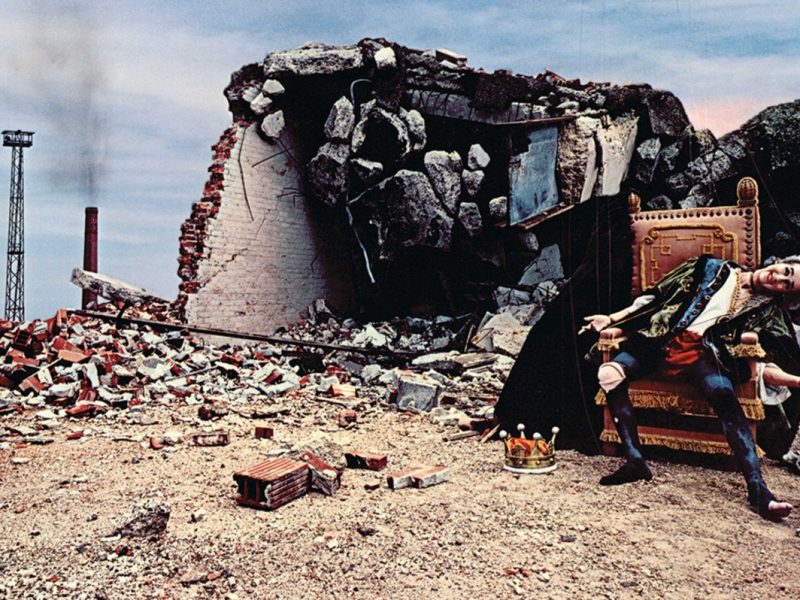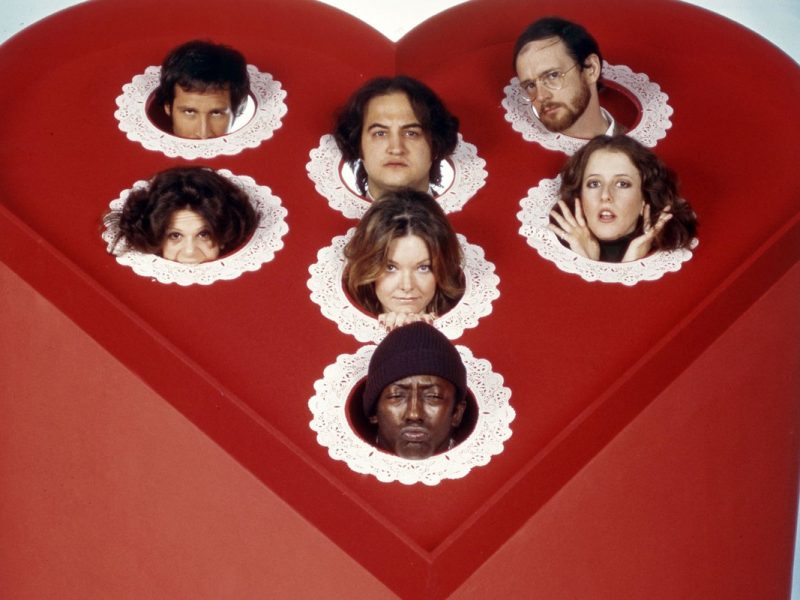By the early ’80s, ZZ Top had firmly established themselves as kings of rock ‘n’ roll boogie. They’d released a string of well-received records that were popular enough to keep the Texas trio stocked with barbecue sauce for the rest of their days, even if they weren’t hits of the multi-platinum variety.
Still, there’s no reason to settle for the Top 40 when you can hit the Top 10. So they enthusiastically embraced experimentation on their eighth album in a way that led to the biggest hit of ZZ Top’s career.
Eliminator came at an interesting juncture. They’d started tinkering with their sound during the sessions for its predecessor, 1981’s El Loco, yet the basic formula remained pretty much the same. To most casual listeners, they were still the guys who brought us “Tush” in 1975. Of course, only a madman would quibble with “Tush,” but the fact remained that the sound of mainstream rock was shifting, and the acts who were really dominating the airwaves increasingly did so by making room for synths and drum machines.
Even after the slightly more keyboard-assisted El Loco, the thought of ZZ Top truly going New Wave seemed a little ridiculous, if not utterly antithetical to their entire musical being.
In theory, anyway. In practice, the group’s good old-fashioned sound proved a perfect fit for the machine-driven ’80s, arguably for a couple of key reasons: First, frontman Billy Gibbons actively wanted to see where emerging technology could take ZZ Top. Second, they had an ace in the hole in the form of engineer Linden Hudson, who worked closely with them to modernize their gear and contributed a variety of pivotal ideas.
Listen to ZZ Top’s ‘Got Me Under Pressure’
Both of these factors came heavily into play with the Eliminator track “Got Me Under Pressure.” The second cut on the album and an eventual Top 20 hit on the Mainstream Rock charts, “Got Me Under Pressure” is the product of a top-to-bottom collaboration between Gibbons and Hudson, who reportedly wrote and demoed the track as a duo without the involvement (or even initially the knowledge) of bassist Dusty Hill or drummer Frank Beard.
“Linden synthesized the bass and drums and helped write the lyrics,” former ZZ Top roadie David Blayney noted in Sharp Dressed Men. “Billy did the guitars and vocals.”
The available tools for this sort of thing in 1982 tend to sound pretty primitive to modern ears, but Gibbons and Hudson’s demo — 15 seconds of which can be heard at Hudson’s Soundcloud page — proved remarkably close to the real thing, at least for manager Bill Ham, who assumed it was the product of the full band. The day after hearing the demo, Blayney said Ham showed up at the studio specifically to hear the group cut a more fleshed-out version of the song — much to Beard and Hill’s confusion.
“When he asked them to play it, Frank and Dusty looked at Ham like two bulls at a bastard calf,” Blayney wrote. “What the hell did he mean, play under pressure? ZZ Top always played under pressure!”
That particular incident may not have led to any lasting conflict, but it’s emblematic of the way Gibbons’ growing enthusiasm for a more polished sound occasionally sparked tension — as well as a foreshadowing of some of the uglier moments in ZZ Top history. It’s widely known among fans that many of Beard and Hill’s Eliminator contributions were replaced with synths and programming, generally without their prior consent. What’s less well-known is the ugly way Hudson’s time with the band came to an end.
For Gibbons, it seems like a lot of it came down to enjoying the newfound degree of control that came with cutting-edge gear. “The crack in the code,” Gibbons told the Financial Times, “was the fact that the drum machine introduced for the first time to the listening ear close-to-perfect time, which had been the aspiration of musicians since the invention of the metronome.”
Watch ZZ Top Perform ‘Got Me Under Pressure’ in Concert
Cracking that code meant being able to crank up the beats per minute in ZZ Top’s songs while keeping them in lockstep rhythm, even if it meant essentially muting Gibbons’ bandmates. But if he was willing to take extreme measures in pursuit of the perfect beat, that still didn’t mean the band was anything less than a closed circle. Hudson discovered as much when his songwriting and performing contributions went uncredited on Eliminator.
This meant that not only did the liner notes fail to acknowledge Hudson’s hand in “Got Me Under Pressure,” they also boxed him out of the songwriting split for “Thug,” a track he’d composed by himself. The end result of all this was a pretty messy split between Hudson and the band, one which reached its unfortunate conclusion when he took them to court — and won, although the final $600,000 payout probably didn’t amount to much after attorneys and other various parties took their fees.
ZZ Top kept burning chart rubber for the remainder of the decade, with 1985’s Afterburner racking up further hit singles and multi-platinum sales. Yet it’s still tempting to wonder what might have been if the creative partnership that helped spark the band’s big changes had been nurtured rather than tossed aside.
Looking back upon the release of 2007’s Complete Studio Albums 1970-1990 box, Gibbons acknowledged the added burst Hudson brought them. “He was a gifted songwriter and had production skills that were leading the pack at times. He brought some elements to the forefront that helped reshape what ZZ Top were doing, starting in the studio and eventually to the live stage,” he told Music Radar. “Linden had no fear and was eager to experiment in ways that would frighten most bands. But we followed suit.”
Top 25 Southern Rock Albums
For all of its woolly, trapped-in-the-’70s imagery, the genre has proven surprisingly resilient.
Check Out Billy Gibbons’ Guitar Hero Yearbook Picture



